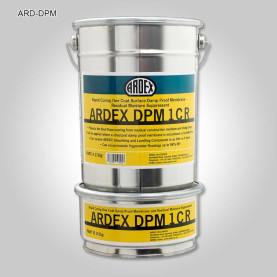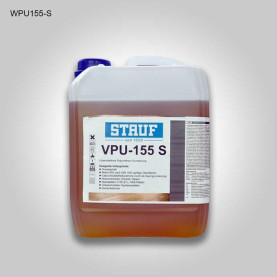Does your home environment support your wooden floor?
#CraftedForLife
Most of the materials around us change in accordance with variations to the surrounding temperature. Some more, some less.
Wood stands out as it is much more stable when exposed to extreme temperatures. But in an environment that is relatively humid wood is significantly impacted.
As wooden floors are made from cut trees, they are a natural material designed to absorb and release water. Our skin reacts to low or high humidity and so does a wooden floor.
Everyday our homes experience a considerable variation in temperature and humidity, especially during winter. While outside the temperature may fall well below 0 degrees inside the central heating system will work hard to compensate and to keep constant the desired temperature. This means drying up the air inside the home. This is when the wooden floor will lose moisture and tend to contract. In the morning everybody prepares to go out to work and school. The home is empty and most of the time the central heating is set on a lower temperature. Now the relative humidity percentage will rise again and the wooden floor will absorb it and tends to expand. Repeating this cycle puts unnecessary stress even on the hardest species of wood. Gaps are likely to develop, cupping or warping may occur and at worst debonding.
As a simple rule, what is comfortable for us is also ideal for wooden floors.
Reputable wood flooring manufacturers only allow their products to be installed indoors, within a stable environment. This means that, in order for the wood flooring to perform as designed, the temperature and humidity conditions inside of your home must be kept continuously within a certain range. This range can vary slightly depending on the manufacturer and type of wood flooring. Generally, the required range is between 15 and 27 degrees celsius with a relative humidity range of 40 percent to 60 percent.
To prevent these we recommend to have inside the rooms thermometer-hygrometer devices which will read constantly the thermal and humidity conditions. Also during the winter we recommend keeping a constant temperature inside your home.
It is good to have at hand a dehumidifier as well just in case the humidity















